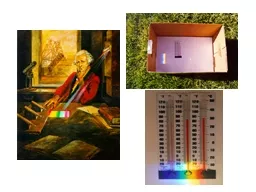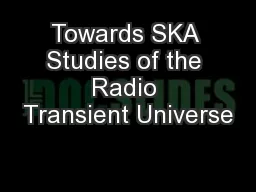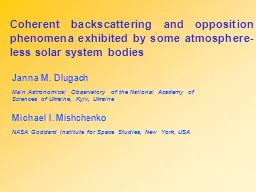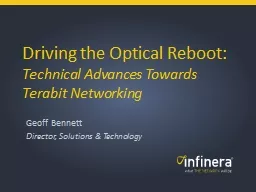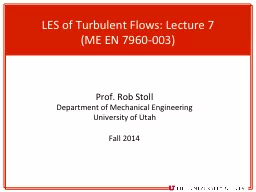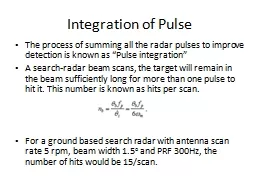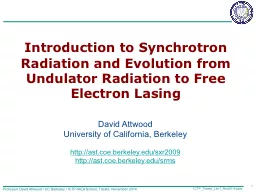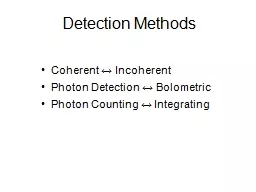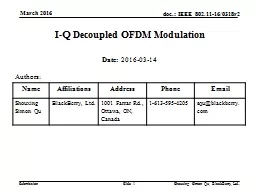PPT-Detection Methods Coherent
Author : lois-ondreau | Published Date : 2018-09-21
Incoherent Photon Detection Bolometric Photon Counting Integrating Radio Telescopes Typical Designs Heterodyne Receivers Janskys First Radio Telescope 1933
Presentation Embed Code
Download Presentation
Download Presentation The PPT/PDF document "Detection Methods Coherent" is the property of its rightful owner. Permission is granted to download and print the materials on this website for personal, non-commercial use only, and to display it on your personal computer provided you do not modify the materials and that you retain all copyright notices contained in the materials. By downloading content from our website, you accept the terms of this agreement.
Detection Methods Coherent: Transcript
Download Rules Of Document
"Detection Methods Coherent"The content belongs to its owner. You may download and print it for personal use, without modification, and keep all copyright notices. By downloading, you agree to these terms.
Related Documents

